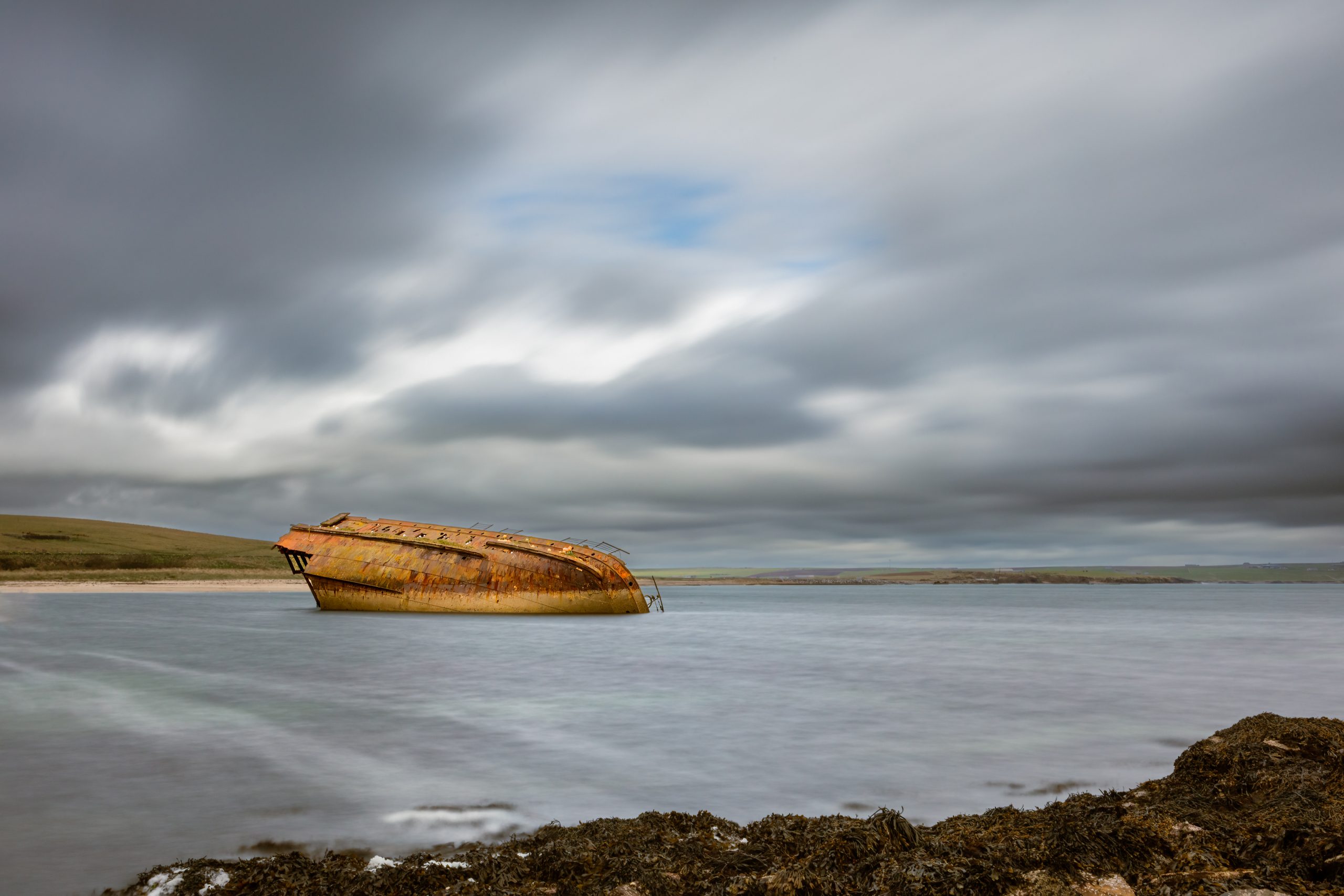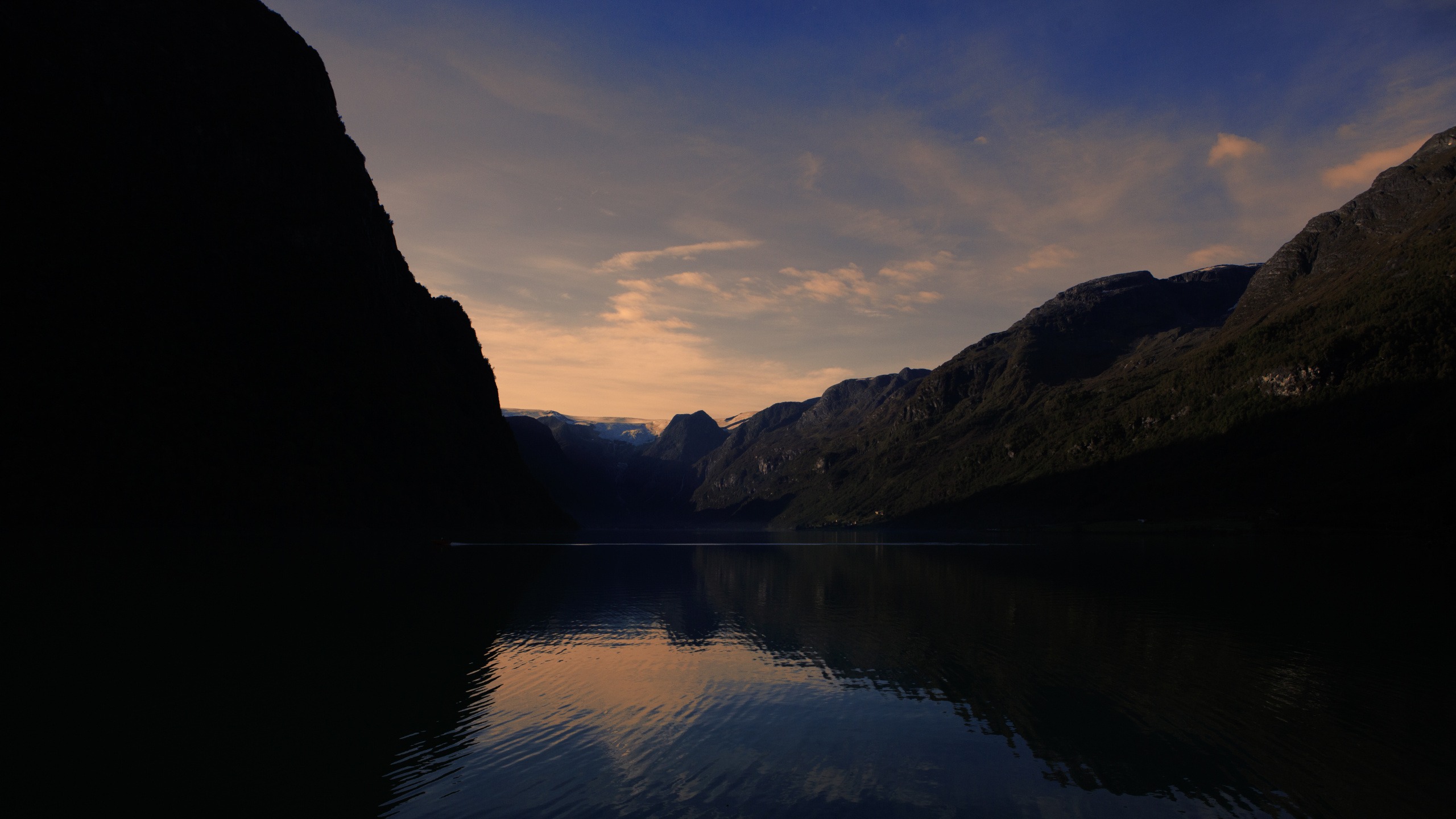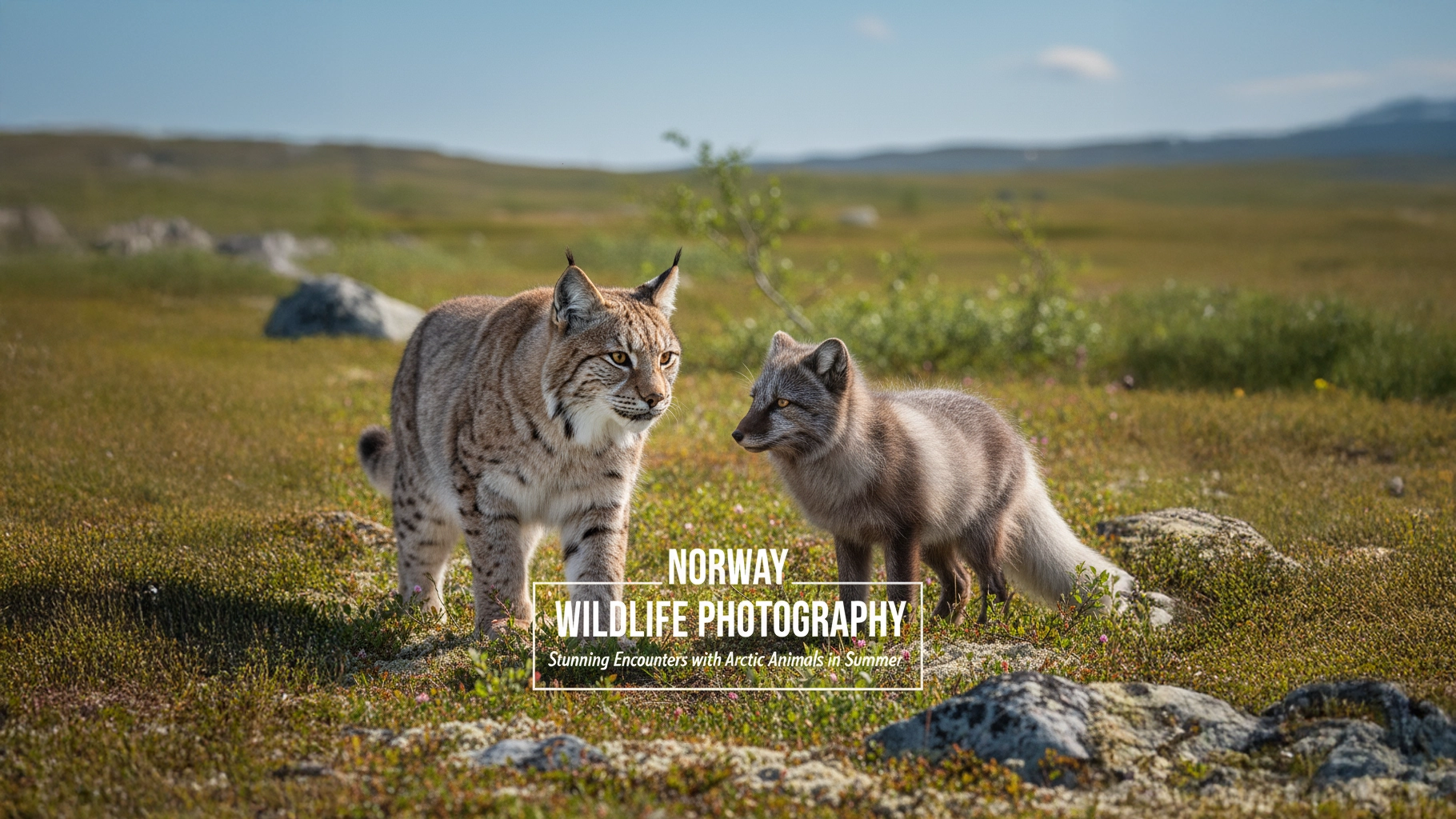
15 Essential Landscape photography Techniques for Captivating Photos
Landscape photography is a rewarding pursuit that allows photographers to capture the grandeur and beauty of the natural world. However, creating truly captivating landscape images requires more than just pointing your camera at a scenic view. To elevate your photography, it’s important to understand both the technical aspects and artistic elements that make up a great shot, here are my 15 Essential Landscape Photography Techniques.
In this post, we’ll explore 15 essential landscape photography tips that will help you create stunning images, no matter where you are or what gear you’re using. From understanding light to experimenting with different compositions, these tips will take your landscape photography to the next level.
1. Master the Golden Hour
Why the Golden Hour is Key
Golden hour refers to the first hour after sunrise and the last hour before sunset. During this period, the sun’s light is soft, warm, and diffuse, making it perfect for capturing the rich textures and colours of a landscape.

How to Maximise Golden Hour Lighting
To get the best results, plan your shoots around these times, and use apps like Golden Hour or Sun Seeker to track when it will occur. This will help you capture the warm glow that transforms landscapes.
2. Use Leading Lines to Guide the Viewer’s Eye
What are Leading Lines?
Leading lines are elements in the landscape that naturally guide the viewer’s eye through the scene. Roads, rivers, fences, or even the edges of cliffs can serve as leading lines.

Tips for Creating Strong Leading Lines
Position these lines so that they direct attention to the subject or focal point of your photo. Shoot from different angles to emphasise the lines, and remember that curving lines can create a sense of depth and perspective.
3. Incorporate Foreground Interest for Depth
Adding Depth to Your Photos
A strong foreground adds depth to a landscape, making it feel more immersive. It helps viewers feel like they are stepping into the scene rather than just looking at it.

Finding the Right Foreground Elements
Look for objects like flowers, rocks, or trees that help frame the scene. Experiment with the placement of these elements in your frame, keeping the rule of thirds in mind to create a balanced and visually compelling composition.
4. Use a Small Aperture for Greater Depth of Field
Why Depth of Field Matters
In landscape photography, having a deep depth of field ensures that both the foreground and the background are in focus. This is essential for wide landscape shots, where you want all elements in the scene to appear sharp.

Setting the Right Aperture
To achieve a large depth of field, use a small aperture (high f-stop numbers like f/8, f/11, or f/16). This will give your image greater sharpness from the foreground to the horizon.
5. Experiment with Long Exposure for Movement
Creating a Sense of Motion
Long exposure photography allows you to capture the movement of elements like flowing water, drifting clouds, or swaying grass, creating a smooth, ethereal effect.

How to Use Long Exposure in Landscapes
To achieve long exposure, use a small aperture and a tripod to keep your camera stable. You may also need a neutral density (ND) filter to prevent overexposure and achieve slower shutter speeds, especially during daylight.
6. Understand the Weather
How Weather Affects Your Shots
Weather plays a major role in the mood and lighting of your landscape photos. Overcast skies provide diffused light, which is ideal for capturing soft textures, while stormy weather can create dramatic, moody landscapes.

Using Weather to Your Advantage
Embrace different weather conditions to create variety in your photos. Don’t wait for perfect weather—cloudy days can bring out beautiful light, and mist can add a mystical quality to your landscape.
7. Use the Rule of Thirds
What is the Rule of Thirds?
The rule of thirds is a compositional technique that divides your frame into a 3×3 grid. By placing key elements along these lines or their intersections, you can create a more balanced and visually engaging image.
Applying the Rule of Thirds
For landscape shots, place the horizon along the top or bottom third of the frame and use other elements like trees or rocks to draw attention to the other intersecting points.
8. Add People or Animals for Scale
Why Scale is Important in Landscapes
Including a person, animal, or other small element in your landscape shot adds a sense of scale and can make the scene feel more relatable and immersive.

How to Include Figures in Your Shots
Carefully consider the position of the person or animal within the scene. A lone figure in the foreground can provide a striking contrast to vast landscapes, while wildlife can add an interesting focal point.
9. Shoot in RAW
The Benefits of Shooting in RAW
RAW files preserve more data than JPEGs, giving you more flexibility during post-processing. This is particularly helpful for landscape photography, where you may need to adjust exposure, contrast, or white balance.
How to Edit RAW Files
Use editing software like Adobe Lightroom or Capture One to fine-tune the details in your RAW images. This allows you to recover highlight or shadow details and correct any colour imbalances.
10. Bring a Polariser
What Does a Polarising Filter Do?
A polarising filter reduces reflections from surfaces like water or wet rocks, saturates colours, and increases contrast between the sky and clouds.

How to Use a Polariser Effectively
Attach a polarising filter to your lens and rotate it to control the amount of polarisation. You’ll notice deeper blues in the sky and more vivid colours in the landscape.
11. Experiment with Different Focal Lengths
Wide-Angle vs. Telephoto Lenses
Wide-angle lenses are perfect for capturing sweeping vistas, while telephoto lenses allow you to isolate distant elements and compress the scene.
Finding the Right Focal Length for the Scene
Try experimenting with different lenses to see how they change the composition of your photos. A telephoto lens can make distant mountains appear closer, while a wide-angle lens can exaggerate the perspective of foreground elements.
12. Get Low
The Power of Low Angles
Shooting from a low perspective can dramatically change the composition of your landscape shots. It often emphasises the foreground, creating a more immersive and dynamic image.

How to Shoot Low
Lie on the ground or use a tripod to get closer to the ground, allowing for unique perspectives that highlight the texture and depth of the scene.
13. Use a Tripod
The Importance of Stability
A tripod ensures that your camera stays steady, preventing camera shake and allowing for longer exposure times without blurriness.
When to Use a Tripod
Always use a tripod for long exposures, when shooting at small apertures, or when shooting in low-light conditions. It will give your images greater sharpness and stability.
14. Shoot at Different Times of Day
Why Timing Matters
The time of day affects the quality of light, which is critical in landscape photography. While golden hour provides soft, warm light, midday light can create high contrast and interesting shadows.

Exploring Different Lighting Conditions
Don’t just limit yourself to sunrise and sunset. Midday light can offer stark contrasts, and twilight (blue hour) provides a cooler, softer glow.
15. Create Silhouettes
The Impact of Backlighting
Shooting into the light can create stunning silhouettes, where the subject appears dark against a bright background.

How to Capture Silhouettes
Position your subject between your camera and the light source, adjusting the exposure to highlight the contrast. Silhouettes work especially well during sunrise or sunset when the light is dramatic.
Landscape Photography Techniques Final Thoughts
Landscape photography is an art form that requires patience, creativity, and an understanding of your environment. By following these 15 tips, you’ll be able to capture images that are not only technically sound but also filled with emotion and atmosphere. From mastering the golden hour to experimenting with long exposure, each of these tips provides a new way to see the world through your lens.
If you’re interested in exploring more of my photography and the stories behind my work, I invite you to check out my book, Echoes of Calleva: Landscapes Beyond the Stones. It offers a deeper look into my journey capturing the beauty of landscapes and the history of the areas I explore. You can find it on Amazon.
Happy shooting, and remember that practice is key—keep experimenting with these techniques, and your landscape photos will improve with every shot.
Like what you read? Fuel my next post with a coffee – hit that PayPal button and keep the caffeine flowing!
[wpedon id=77]
Stephen Paul Young
I’m Steve (Stephen Paul Young), a landscape, digital and film photographer with a deep love for capturing the beauty of nature, light, and atmosphere. Whether I’m out at dawn chasing the perfect sunrise, exploring woodland trails, or experimenting with black-and-white film, photography is my way of seeing the world. I’m drawn to the small details and the big vistas alike, always looking for that moment where light, texture, and emotion come together. For me, photography isn’t just about taking pictures—it’s about storytelling, connection, and the joy of being present in the landscape.

Photos from Watership Down

Walking The Thames Path
You May Also Like

How to Take Creative Long Exposure Photography: 5 Tips to Elevate Your Shots
7 May 2025
Black and White Film Photography: The Story Behind ‘In My Own Light: 2024’
9 September 2024